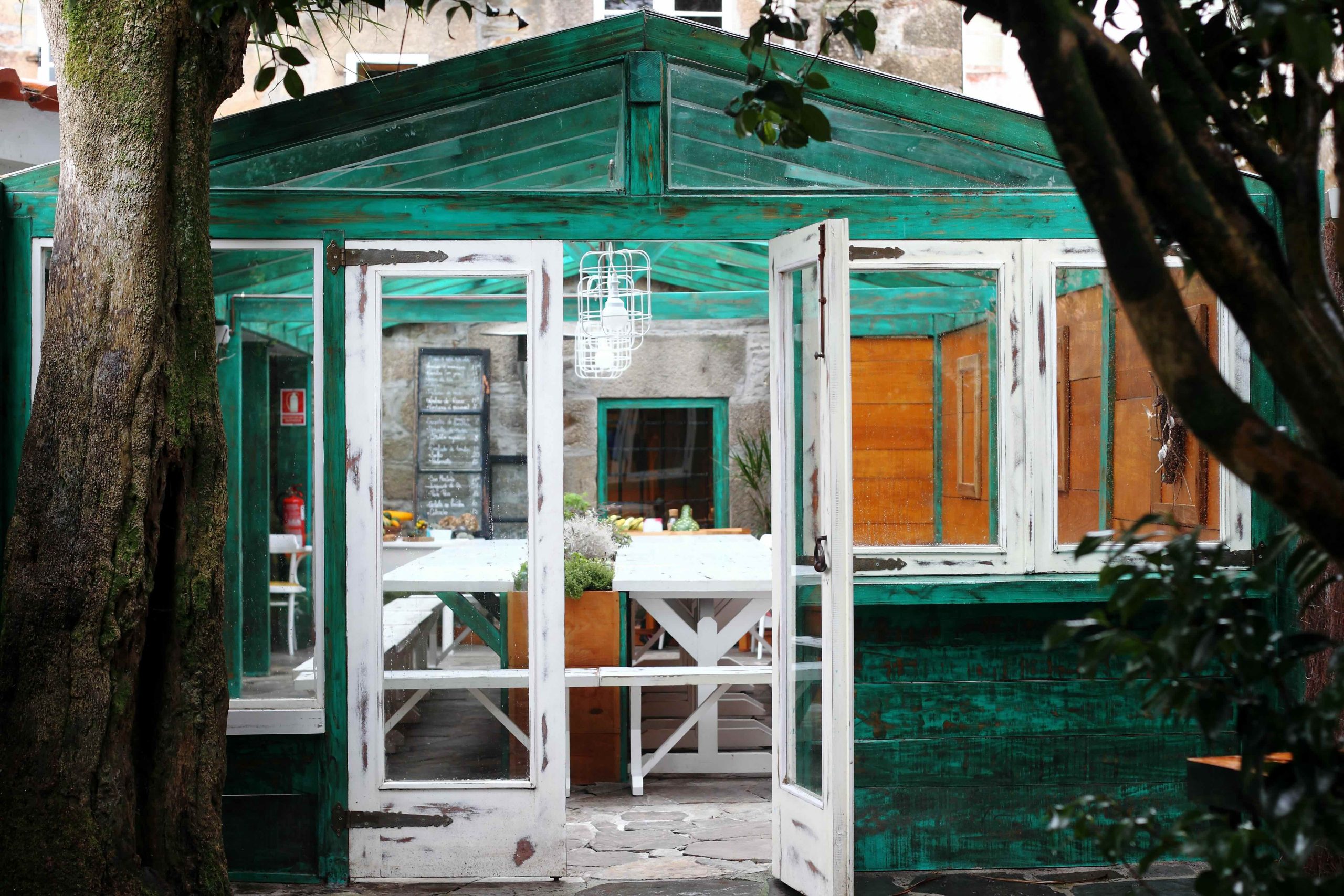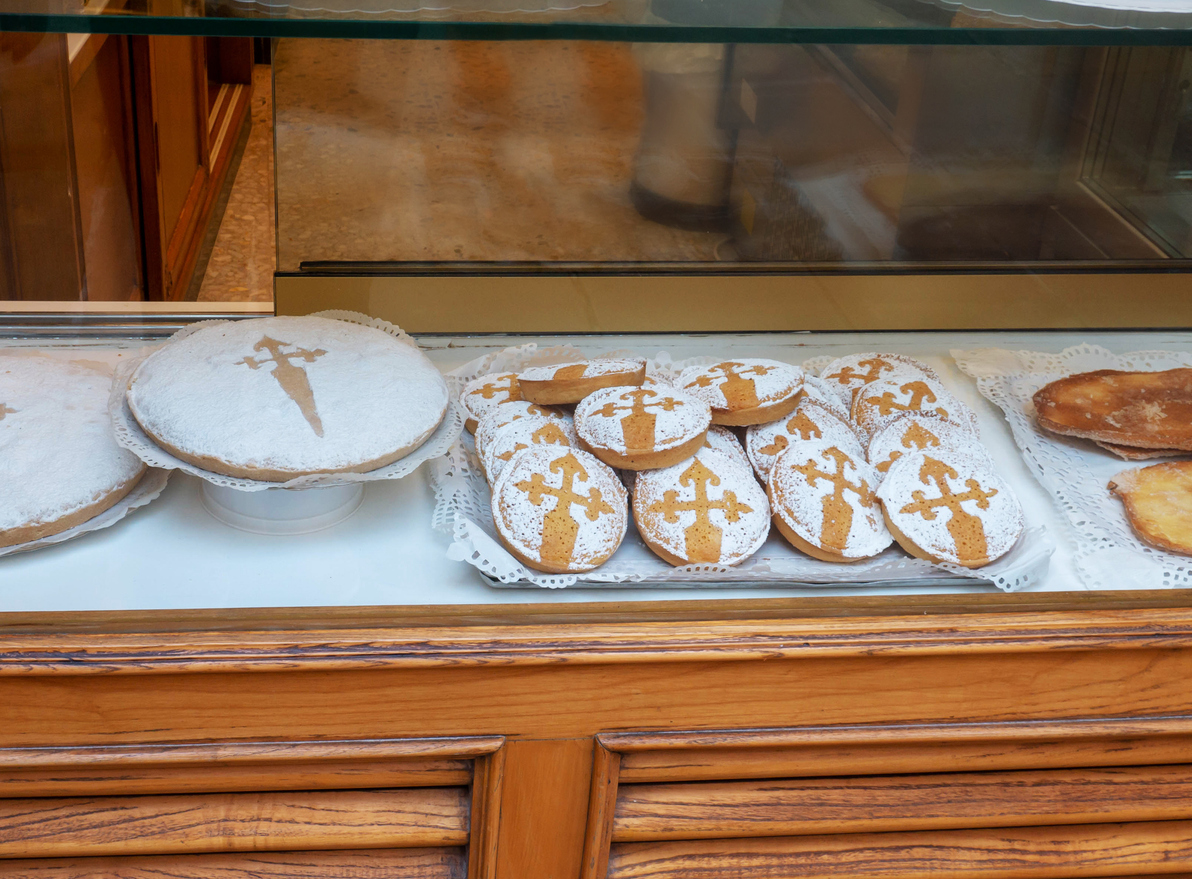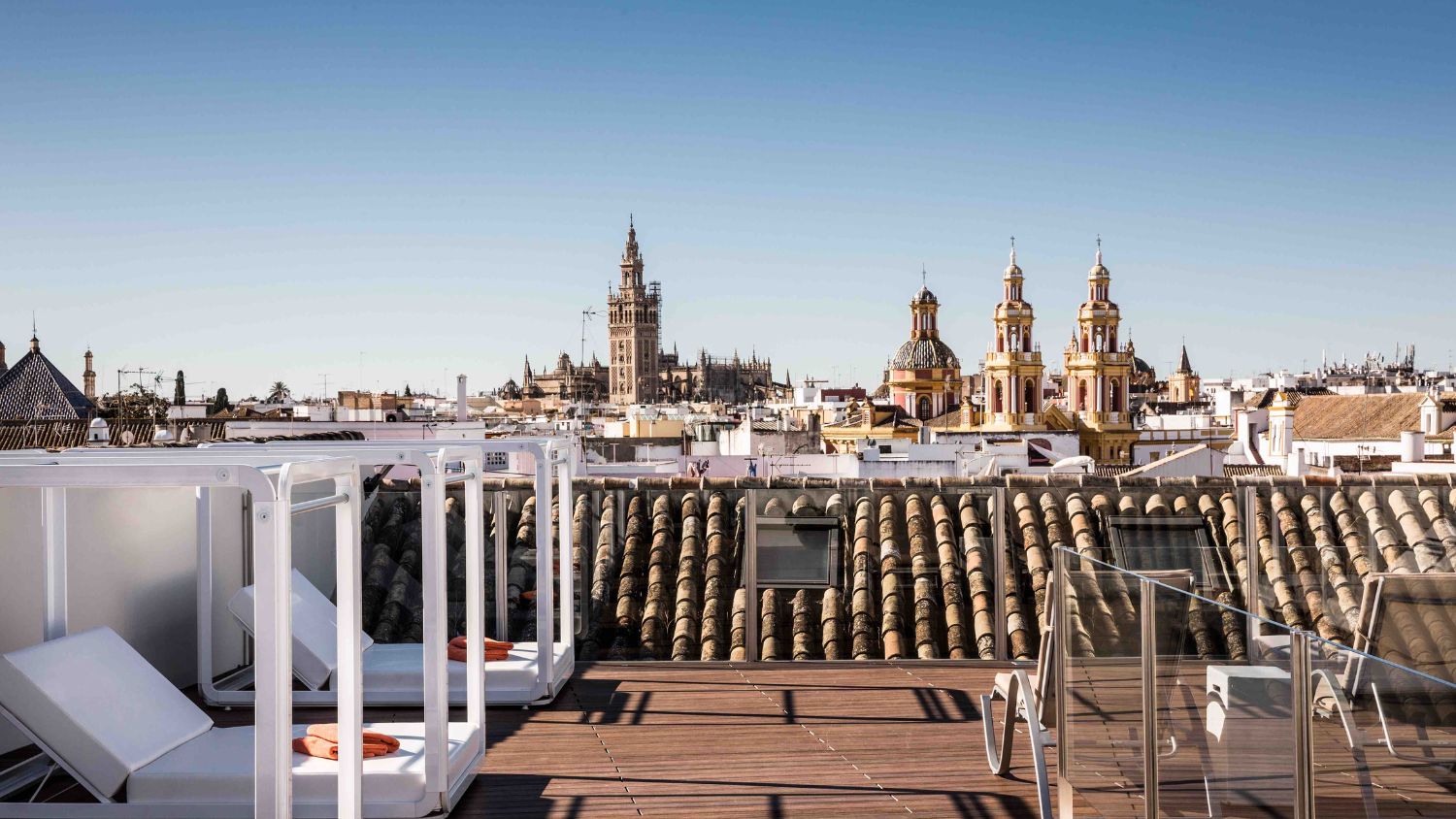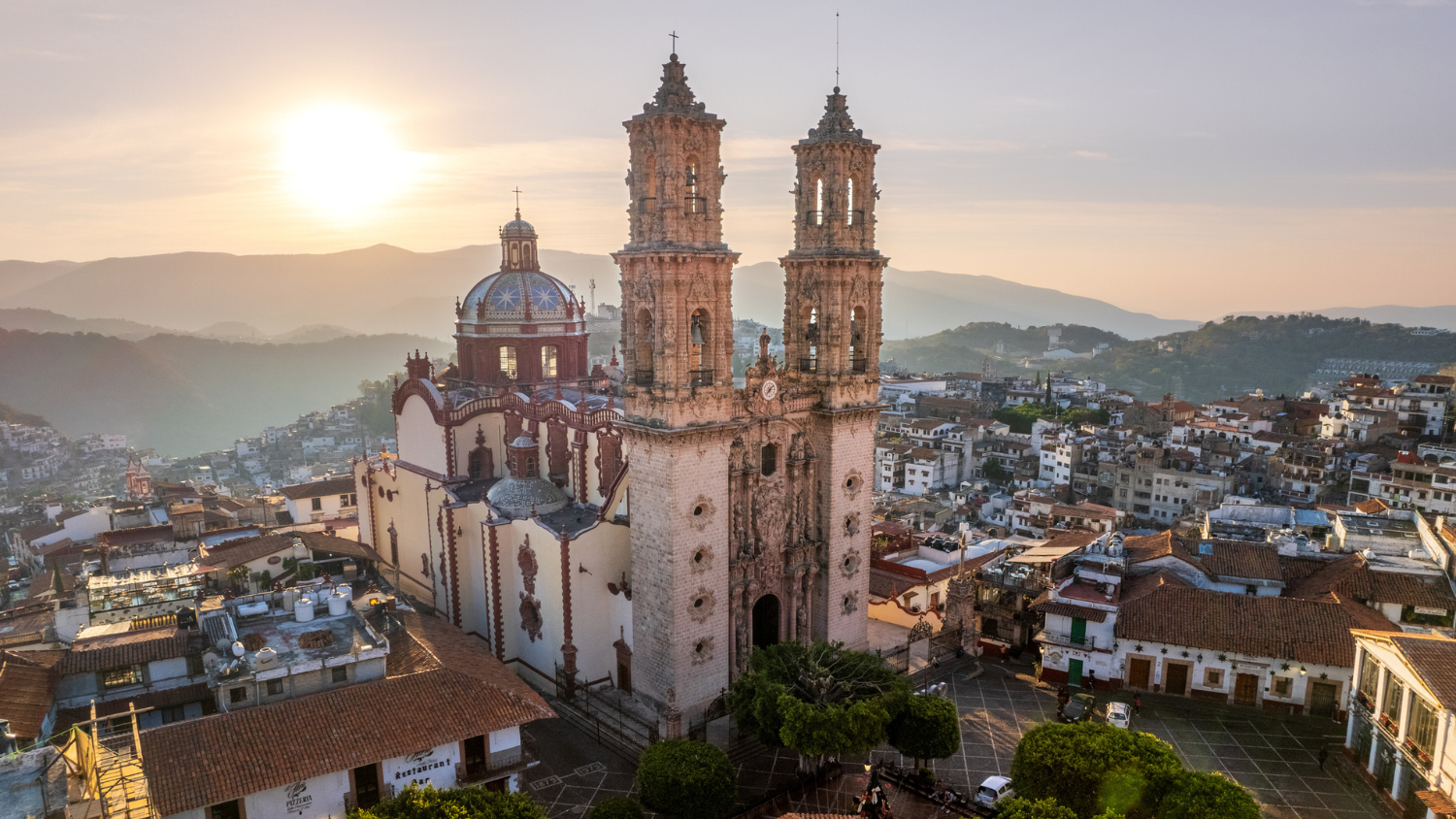DABBING OLIVE OIL from a scallop baked on the half shell, I watch pilgrims pass by the window of this restaurant in Galicia, the northwestern corner of Spain. Their walking sticks tap out the rhythm of their march or camino toward their goal, the Cathedral of Santiago de Compostela said to house the remains of St. James. A scallop shell sways from each of their backpacks. Beyond them, fishers harvest seafood from the North Atlantic as they do all along this coastline.

Pilgrims passing by the Seminario Maior Diocesano about to arrive at the Plaza del Obradoiro in front of the Cathedral of Santiago. Photo: Amfer75/IStock
I imagine my shell and those of the pilgrims dining around me – their appetites whetted by the 20 kilometres walked today – finding their way from the kitchen to the backpacks of future pilgrims, a powerful symbol of their inward journey. A thousand years ago, early pilgrims from distant lands returned home with scallop shells as proof of their completed pilgrimage to the coastline they considered the end of the world.
Today, scallop shells painted on buildings, depicted in stained glass and set into streets mark the many routes into Spain’s Galicia region. Some hug Portugal’s coastline. Others meander through eastern hills or cross desert and mountain passes. An ever increasing number of pilgrims funnel into Santiago, reaching a high in 2023 of 446,000. Many of Galicia’s historic sites, churches and villages have their roots in service to those pilgrims.

Photo of the courtyard of the Cathedral of St. James with its staircase and shell-shaped ceiling in the city of Santiago de Compostela, Galicia region. The shell on the wall of St. James Cathedral is a symbol for pilgrims and the Camino de Santiago.
Although this trip has me dreaming of one day completing my own pilgrimage, I’m a tourist this time round, exploring these sites, getting to know the land, its people and their cuisine. Any number of shellfish might serve as the pilgrims’ badge of fellowship. Cockles, razor clams, black scallops, mussels, oysters, even barnacles that grow in Galicia’s cool, nutrient-rich estuaries appear on nearly every menu, but I discover that seafood is only half the gastronomic story in Galicia. Its cuisine is built on a centuries-deep foundation of foraging and farming on land and sea.

Garden Horta do Obradoiro
Next to one pilgrims’ simple hostel in Ribadiso, I found a restaurant offering affordable food for the foot-weary. For a set price of 13 Euros, pilgrims can choose from hearty dishes like whole fried fish, steamed shrimp or calamari and fries or a generous plate of cheese and cured meats. At the quayside market in the port city of Vigo, stalls sell fresh oysters to the public that nearby restaurants then prepare and serve. At Terras Gauda Winery near Tabagon on the Spanish Portuguese border, I tour the vineyards and sample Albariño and Caiño Blanco, indigenous Galician whites that pair perfectly with local seafood.
At Meson Pontenova, a rustic country restaurant in Pontenova, I savour courses served in a typical Galician sequence, starting with an aperitivo of local cheeses, both soft and firm, then a board filled with paper thin slices of cured meats – salamis, pepperonis, Serrano ham – and wedges of bread. For the first course or primero,” I’m served a plate of whole, fried baby trout. A main course or segundo of meat follows the fish; today, seared chops on a board with a carving knife. I’m offered a choice of delicate cakes for dessert or postre, but I’m no ravenous pilgrim.
My trip ends, as all do, in Santiago where I seek out one of Galicia’s 17 Michelin-star restaurants. Near the cathedral where pilgrims arrive in waves to celebrate, pray and reunite with loved ones, I find A Horta do Obradoiro. The seven-course feast includes an ensalada of fresh cheese spheres and heritage tomatoes dressed with small-batch olive oil and herbs. Seafood stars once again – a net of cockles steamed with seaweed, then delicate tempura hake bites with mayo and seaweed.

Chefs Francisco Piñero and Eloy Cancela
On my final day in Santiago, I head to the ages-old Mercado de Abastos de Santiago. I wander the market’s fish and meat stalls offering legs of Iberian ham, baskets of razor clams and links of smoked sausage. Stalls spill onto the street where fresh vegetables and fruits are piled next to rustic breads and cheeses like buttery queso tetilla. I buy two as gifts, one fresh and one smoked.
No pilgrim has truly tasted Galicia without sampling Tarta de Santiago. Because this dense cake holds status as a Protected Geographical Indication food, each must be 33 percent almond paste. I find it at restaurants, in markets and at pastelerias or dessert shops. Each tart is dusted with icing sugar, leaving the silhouette of the cross of St. James.

Traditional Saint Jakob’s cakes at the bakery showcase in the Santiago de Compostela, Galicia, Spain. Photo by photohampster
I watch through one shop window as a pilgrim purchases a slice. I can imagine his satisfaction as he sits with his reward in the cathedral plaza, munching sweet almond tart after walking hundreds of kilometres. It seems the pilgrim’s appetite is yet another centuries-deep influence on the development of Galician cuisine.
Information
+34 881 03 13 75
caminodesantiago.gal/en/
Hortas 16, Santiago de Compostela, 15705, Spain












